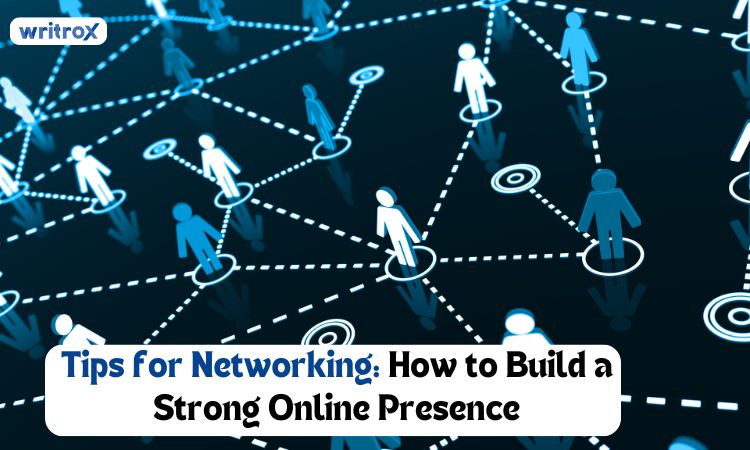Healthcare resume guide – how to get hired in the medical industry
Want to kickstart your healthcare career? It all starts with a good and unique Healthcare resume! Due to the intense competition in the healthcare industry, it is important to write a resume that emphasizes your experience and unique skills if you are applying for a job in this field and are unsure of how to get hired in the medical field. Your resume must be different because many people apply for the same medical jobs. An effective resume for the healthcare field highlights the specific skills, experience, and qualifications that you have gained in the healthcare industry. It must effectively draw the employer’s attention because employers get their first impression of you from your resume. Your resume should be straightforward, well-structured, and understandable. Recruiters in the medical field look for particular credentials and experience. They might miss your strengths if your resume is not organized correctly. In this blog, you will learn Healthcare resume writing tips and how to write the best medical resume, whether you are a nurse, doctor or other healthcare professional. These pointers will help you make a good impression and land the position you desire. Key Components of a Winning Healthcare Resume Features that highlight a candidate’s training experience and abilities are found in the best resumes for doctors and nurses. To format your information and make sure your resume is as professional as possible, follow these steps as you begin writing your healthcare resume. 1. Contact Information Begin writing your resume with your professional details at the top. If you meet the hiring manager’s requirements, including your full name, phone number, email address, and address will make it easier for them to contact you. Make sure your contact information is accurate so that recruiters can easily get in touch with you. Although it is completely optional, you are welcome to include your most recent LinkedIn profile as well. 2. Professional Summary Resumes for the healthcare industry typically start with a professional summary, which is a synopsis of your experience and qualifications that consists of two to three sentences outlining your background, accomplishments, and career objectives. Keep your summary brief, but you can emphasize your accomplishments, credentials, and contributions to the healthcare team. 3. Core Skills & Specializations Highlight your skills and specializations that match the job role. Use bullet points to make them easy to read, which can be 3-4 words maximum. For example, you can write something under skills like patient care and monitoring, emergency response handling, medical diagnostic and treatment. Choose the relevant skills that match your job role. 4. Work Experience In the work experience section of your resume, include a list of your experiences working in the clinic or hospital, beginning with the most recent experience. Add your job title, the name of the company, and the dates you have been employed there. Under each experience, add what your roles, responsibilities were . This section showcases your experience and career achievements. If you don’t have any work experience, then consider including any clinical experiences or internships done in a medical residency. 5. Certifications & Licenses The healthcare industry requires proper certifications and licensees. You should carefully add every license and certificate that you have. For example, you can add licenses like MBBS, MD, or BDS for doctors. BSc nursing for nurses and basic first aid and CPR certifications. Additionally, make sure that you include the year of certification and the authority assigning it. 6. Education After adding everything mentioned above, add a section of education which includes your educational qualifications and training. This section will prove your credibility and qualification to the employers. List all of your degrees and diplomas beginning with the most recent. You can also include the year of your graduation if you recently graduated. 7. Additional Sections (If Needed) You can add additional sections if you have any research and publications or if you have volunteered in any Free medical camps or community service or any honours & awards received during your career. Common Resume Mistakes to Avoid in Healthcare Employers need your documentation, so always remember to include your licenses and certifications in medicine Don’t use the same resume for every position. Change it to the needs of the clinic or hospital. A resume that is poorly formatted and disorganized appears unprofessional. Use readable fonts and appropriate spacing. Software is used by many hospitals to scan resumes. Use basic job-related keywords to help the system choose your resume. Do not write long paragraphs. Even a small error could give the wrong impression, and that’s why it is important that you proofread your resume thoroughly. Types of Healthcare Industry-Specific Resumes Here are some of the main types of healthcare industry-specific resumes. In this, we’ve mentioned different positions under the different categories: Nursing and Patient Care Registered Nurse Licensed Practical Nurse Nurse Practitioner Patient Care Technician Certified Nursing Assistant Home Health Aide ICU Nurse Pediatric Nurse Emergency Medical Services Emergency Medical Technician Paramedic ER Nurse Physicians and Specialists General Physician Surgeon Anesthesiologist Radiologist Dermatologist Psychiatrist Allied Health Professionals Physical Therapist Occupational Therapist Speech-Language Pathologist Respiratory Therapist Medical Laboratory Technician Dental Care Dentist Dental Hygienist Dental Assistant Mental Health and Social Work Psychologist Clinical Social Worker Mental Health Counselor Pharmacy Pharmacist Pharmacy Technician Clinical Pharmacist Healthcare Administration Healthcare Administrator Hospital Administrator Medical Office Manager Medical Biller Medical Coder Health Information Technician Conclusion You have a better chance of getting a good job in the healthcare sector if your resume is strong. It displays your skills, experience, and qualifications. Employers can more easily identify your strengths when your resume is well-structured. To make your resume look more professional, use bullet points to include keywords and follow the right format. Steer clear of typical mistakes like general resumes, incomplete certification lists, and incorrect formatting. Use a medical resume format or hire a professional resume writer if you find it difficult to write a polished resume. In order to make your resume stand out in the medical field they can assist you.
Healthcare resume guide – how to get hired in the medical industry Read More »












